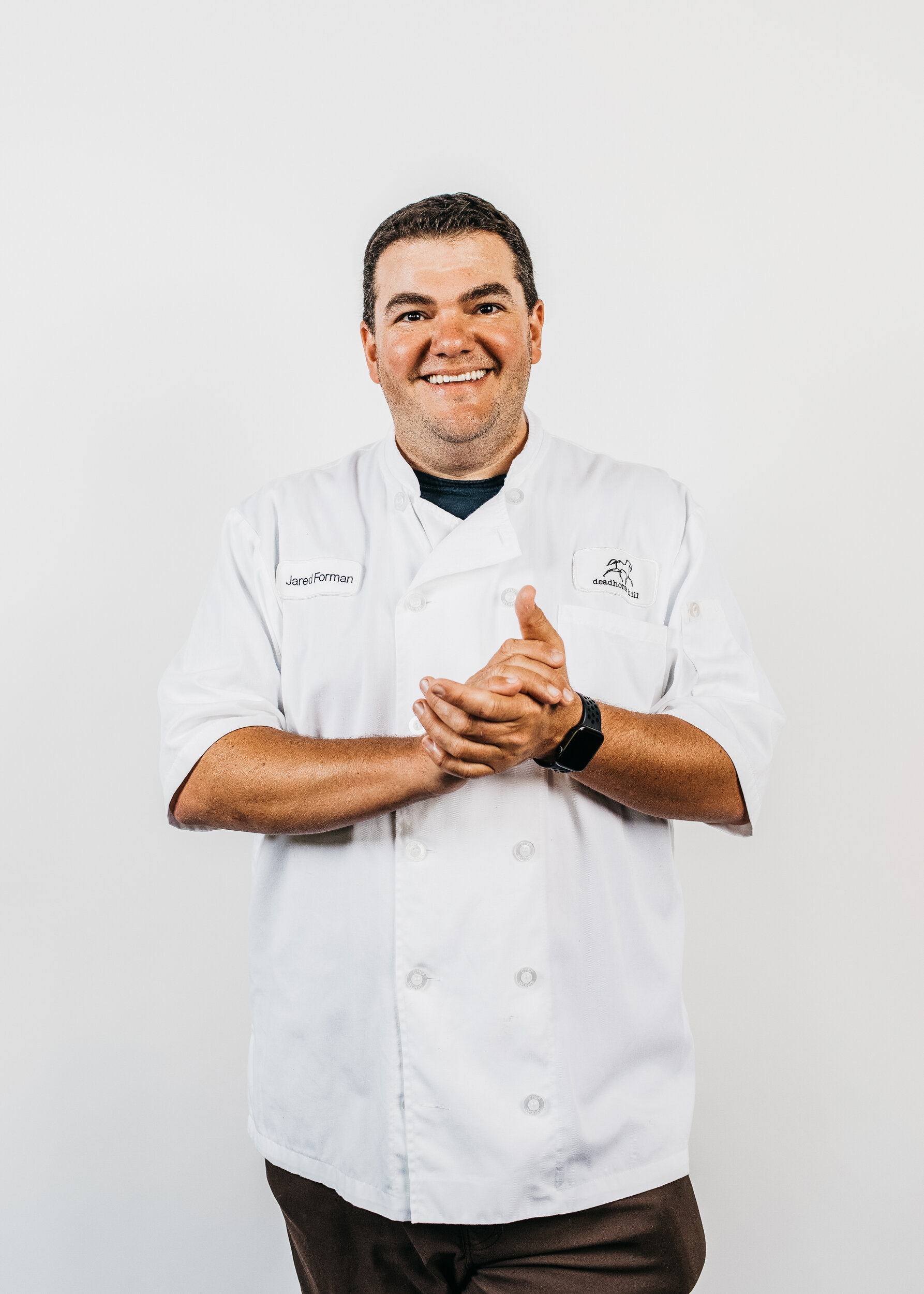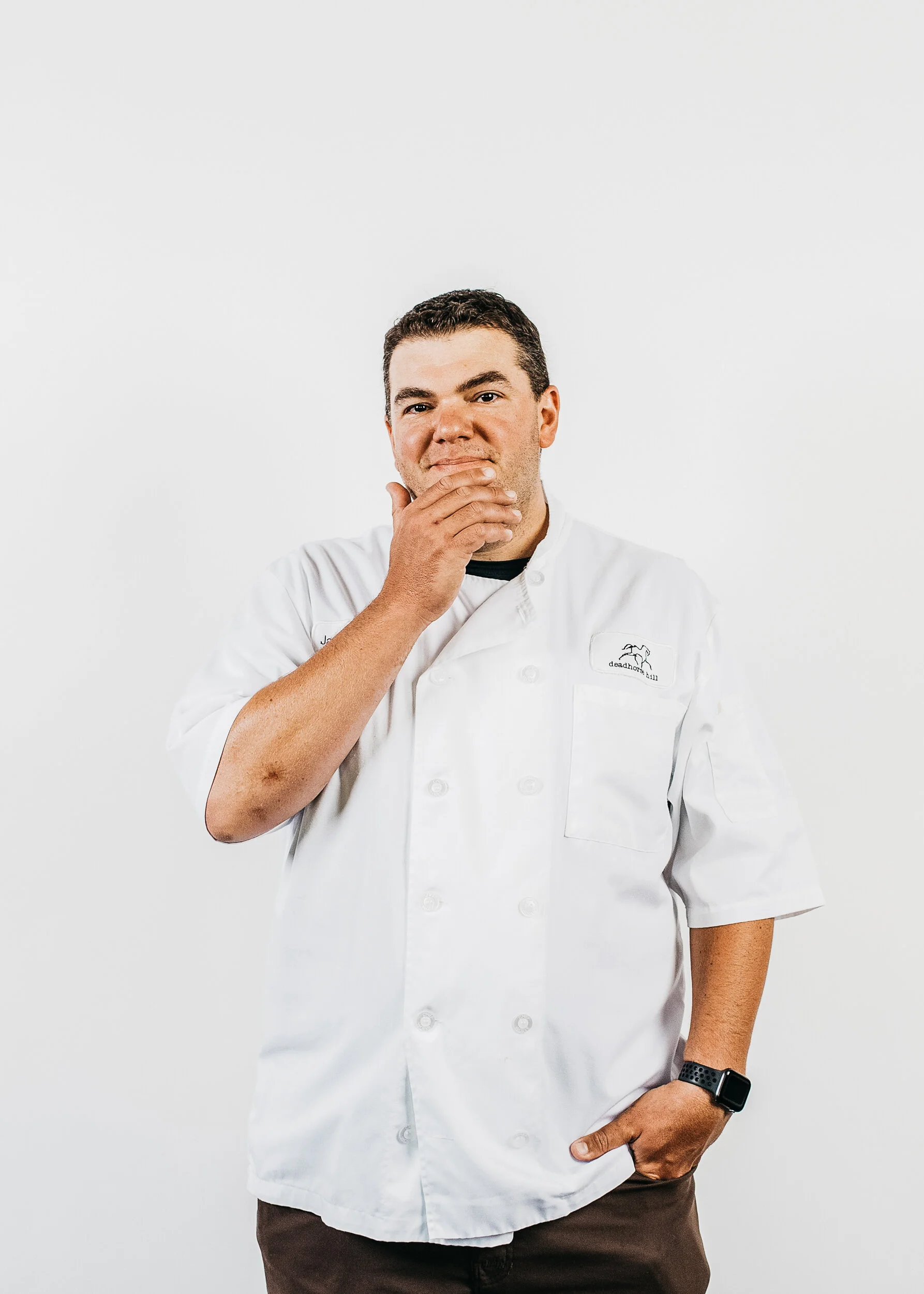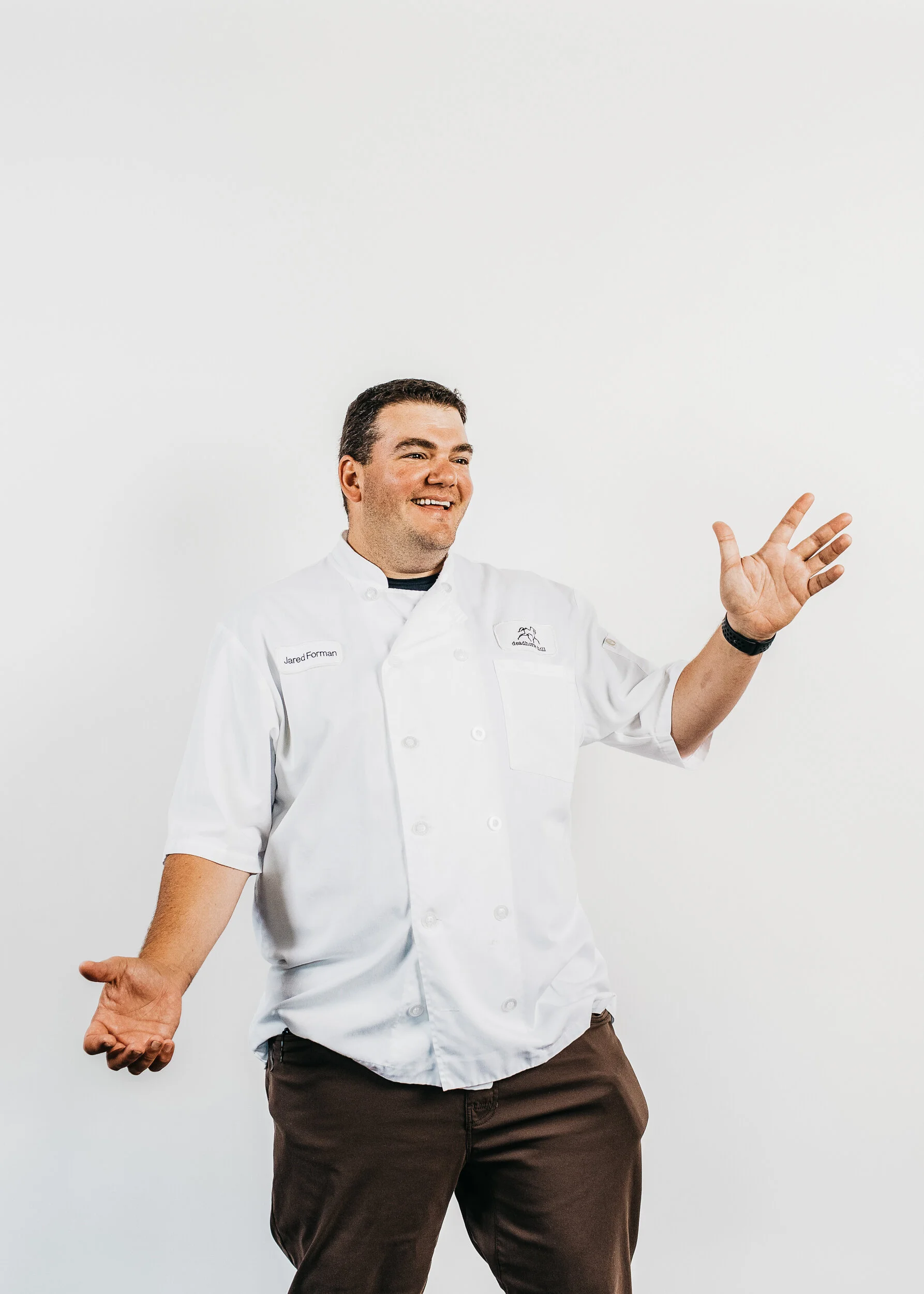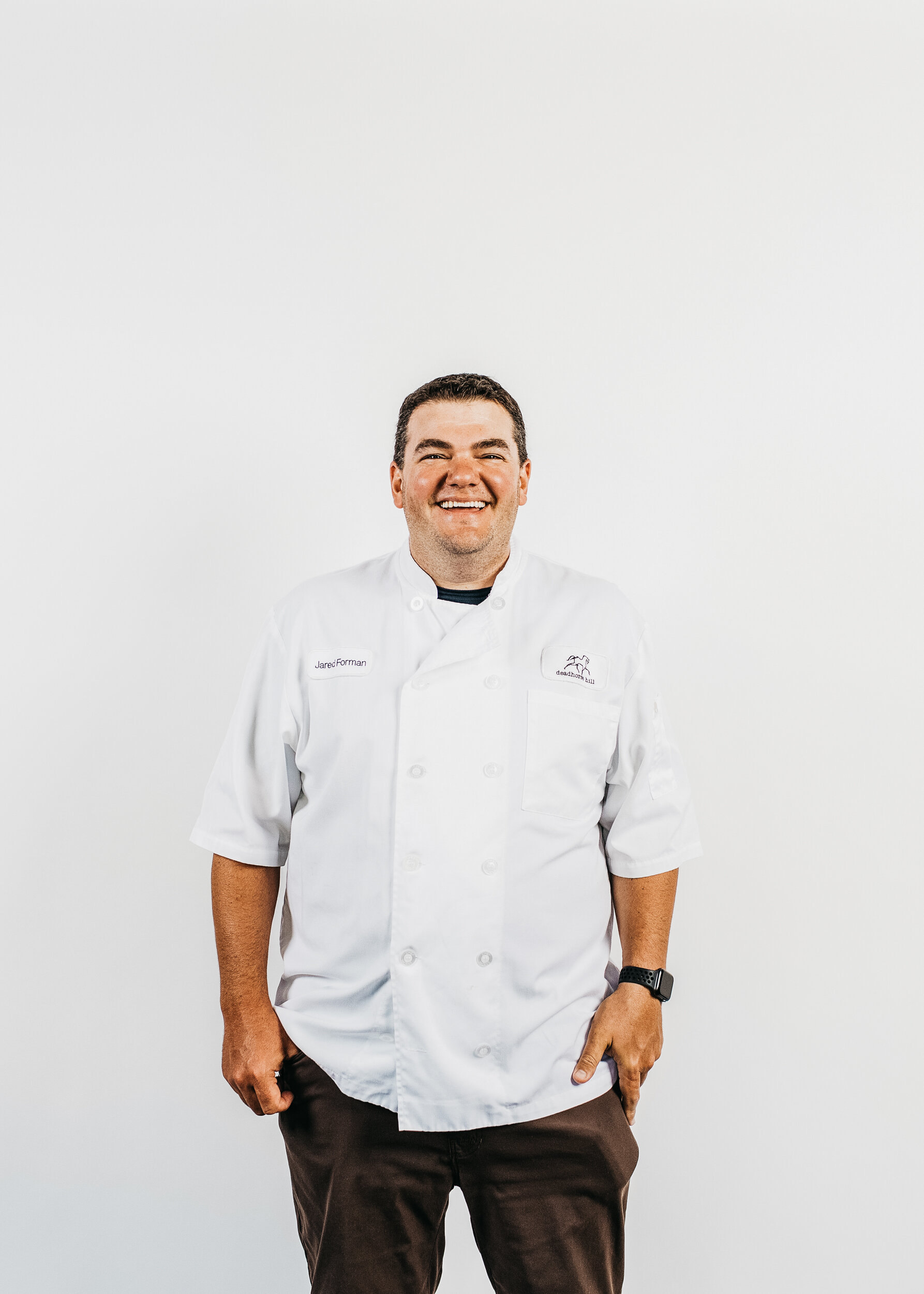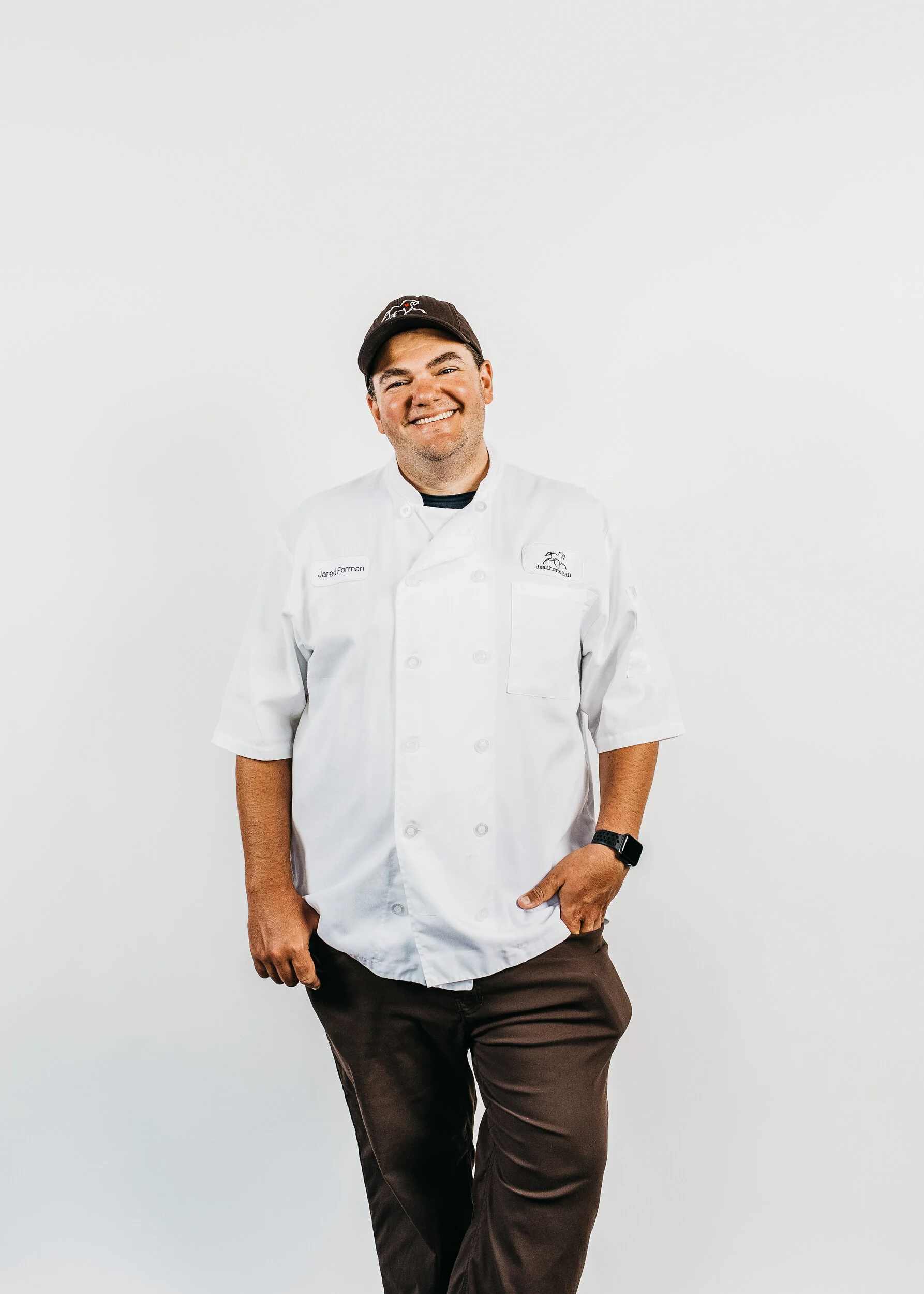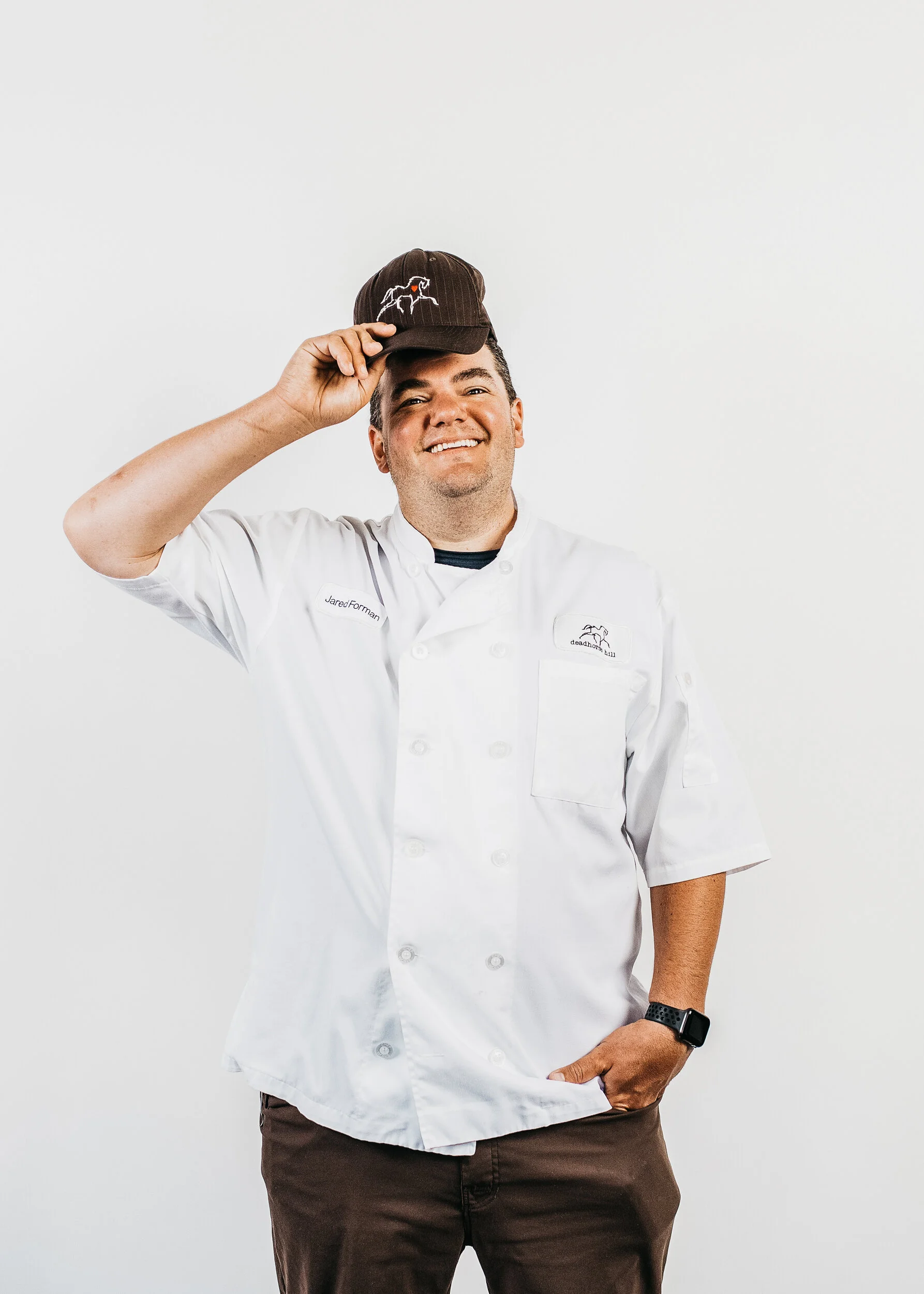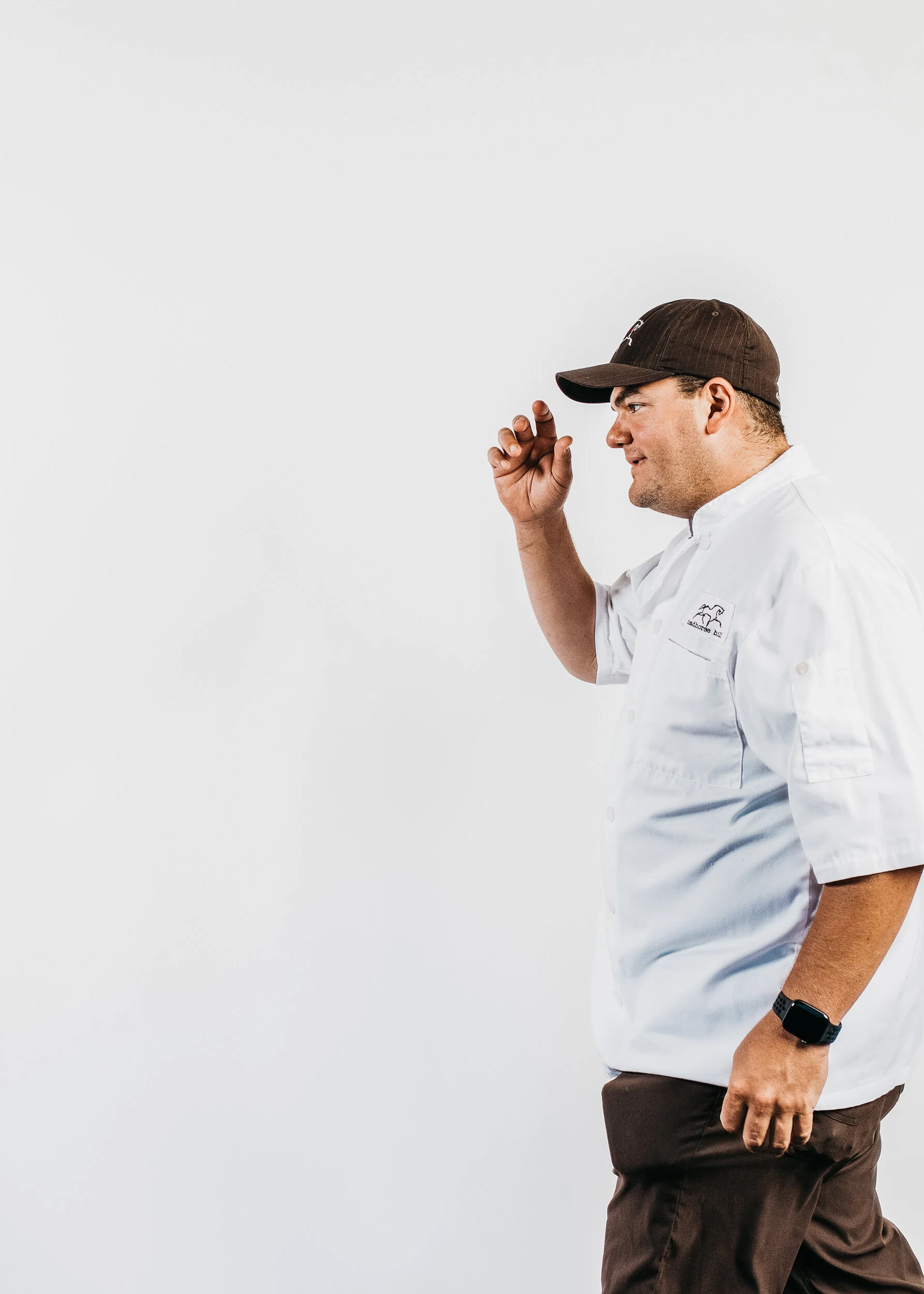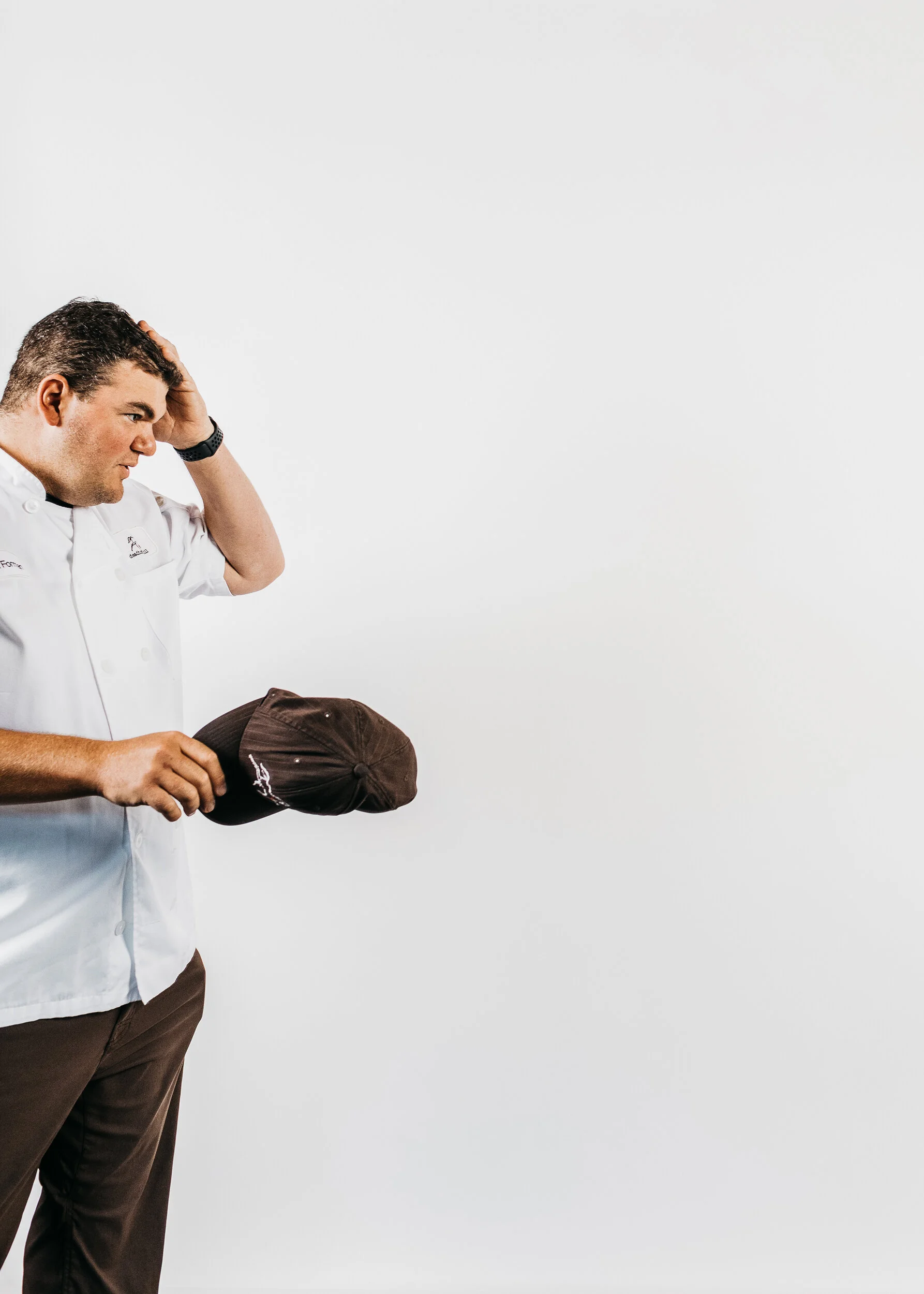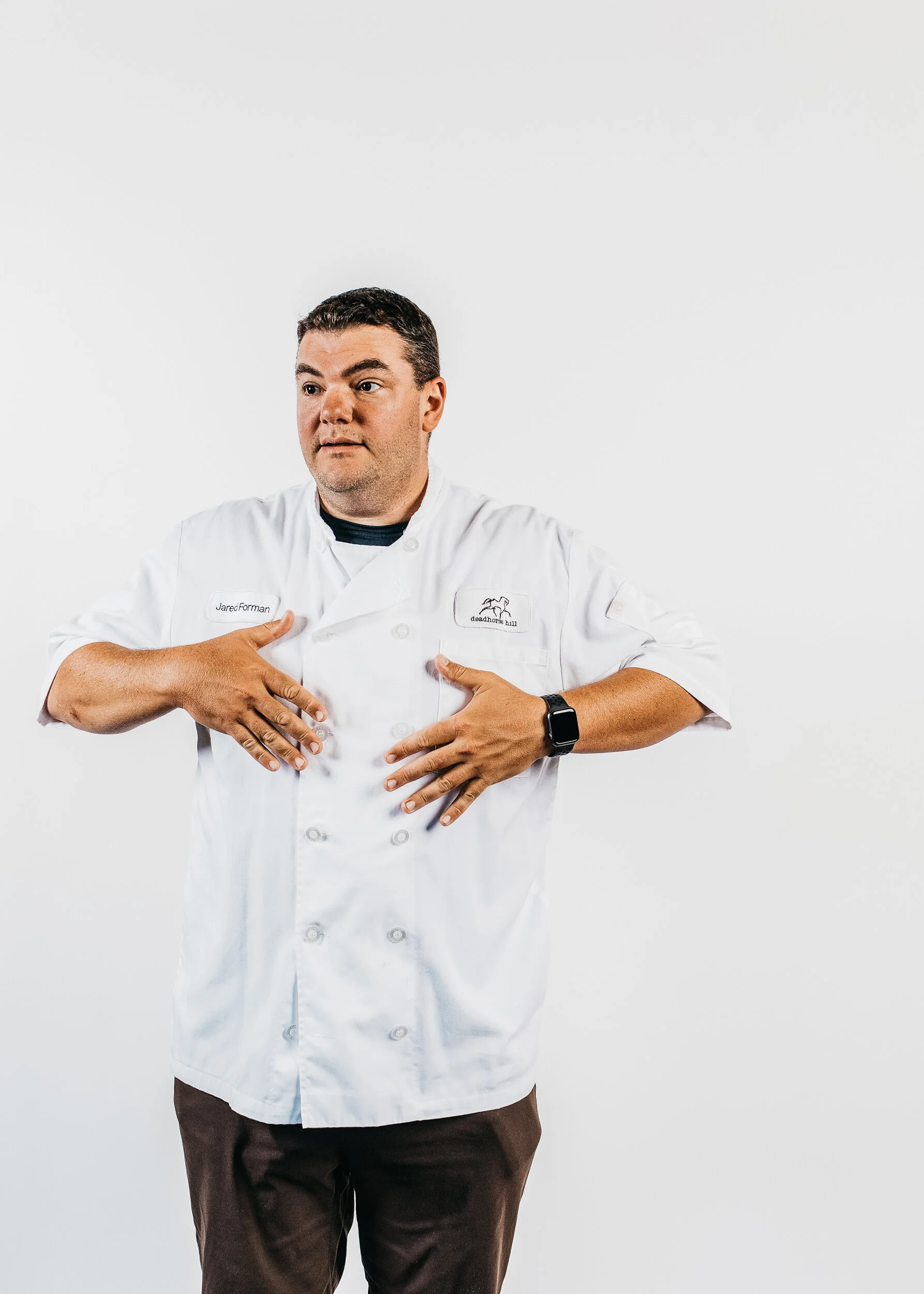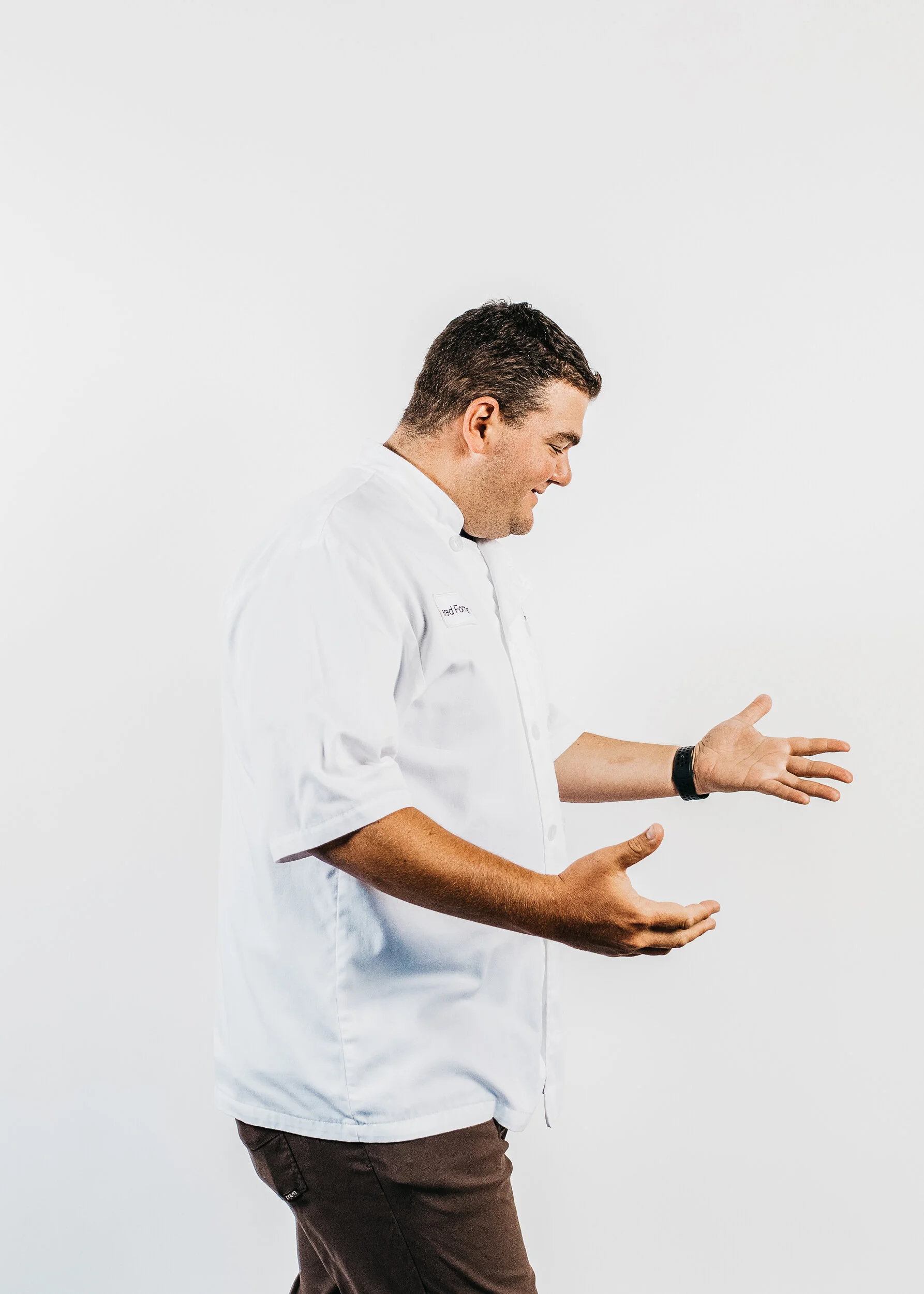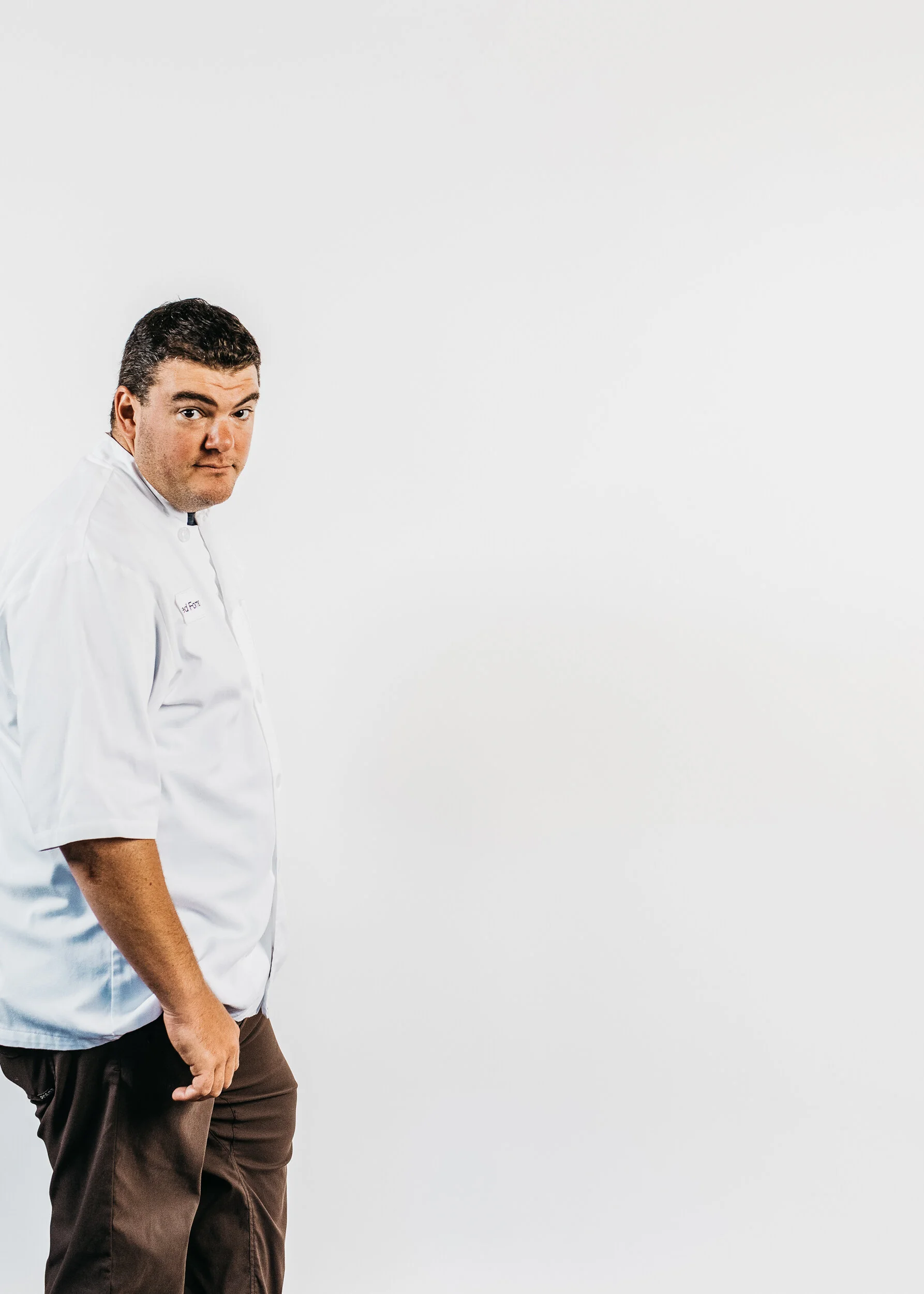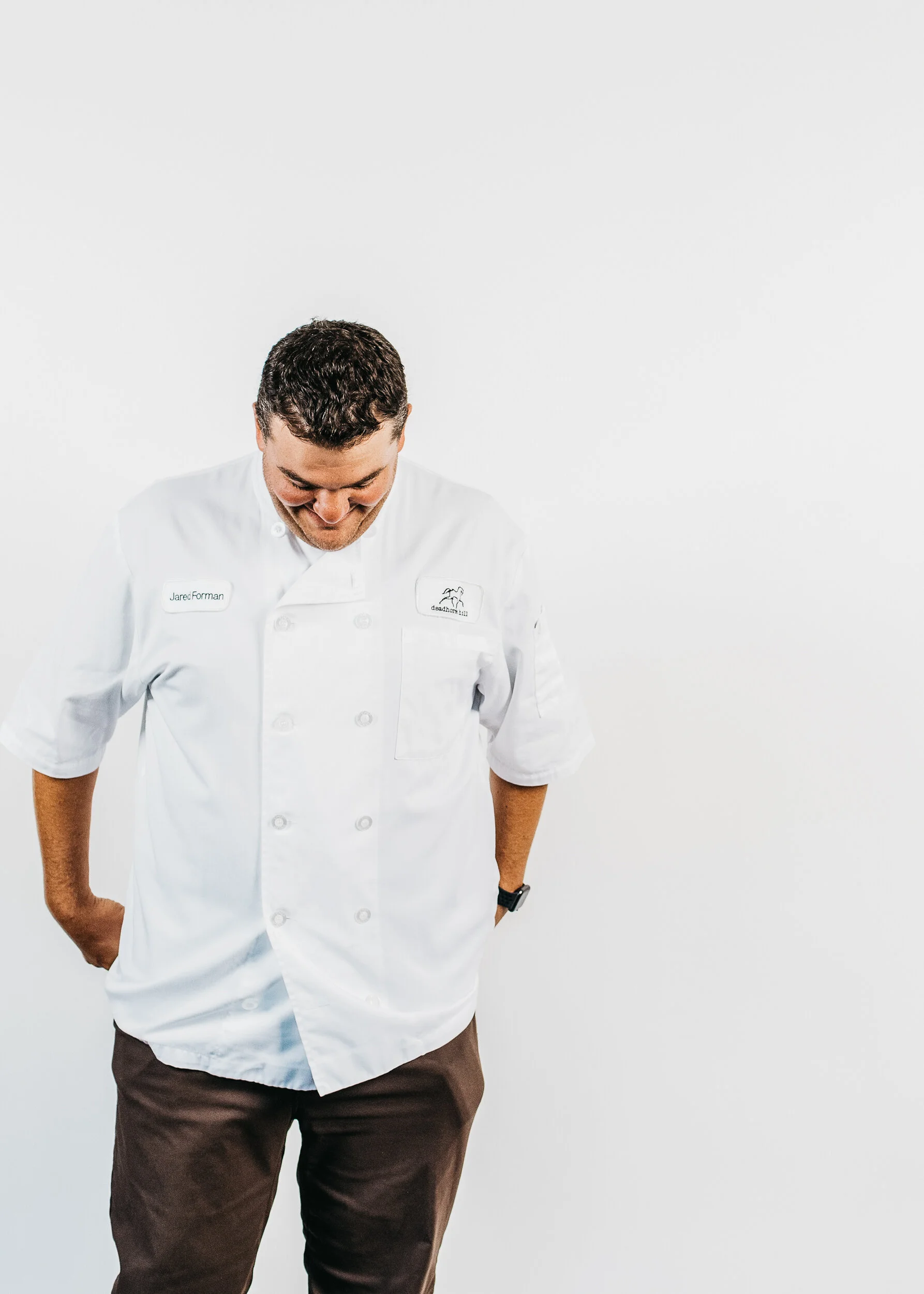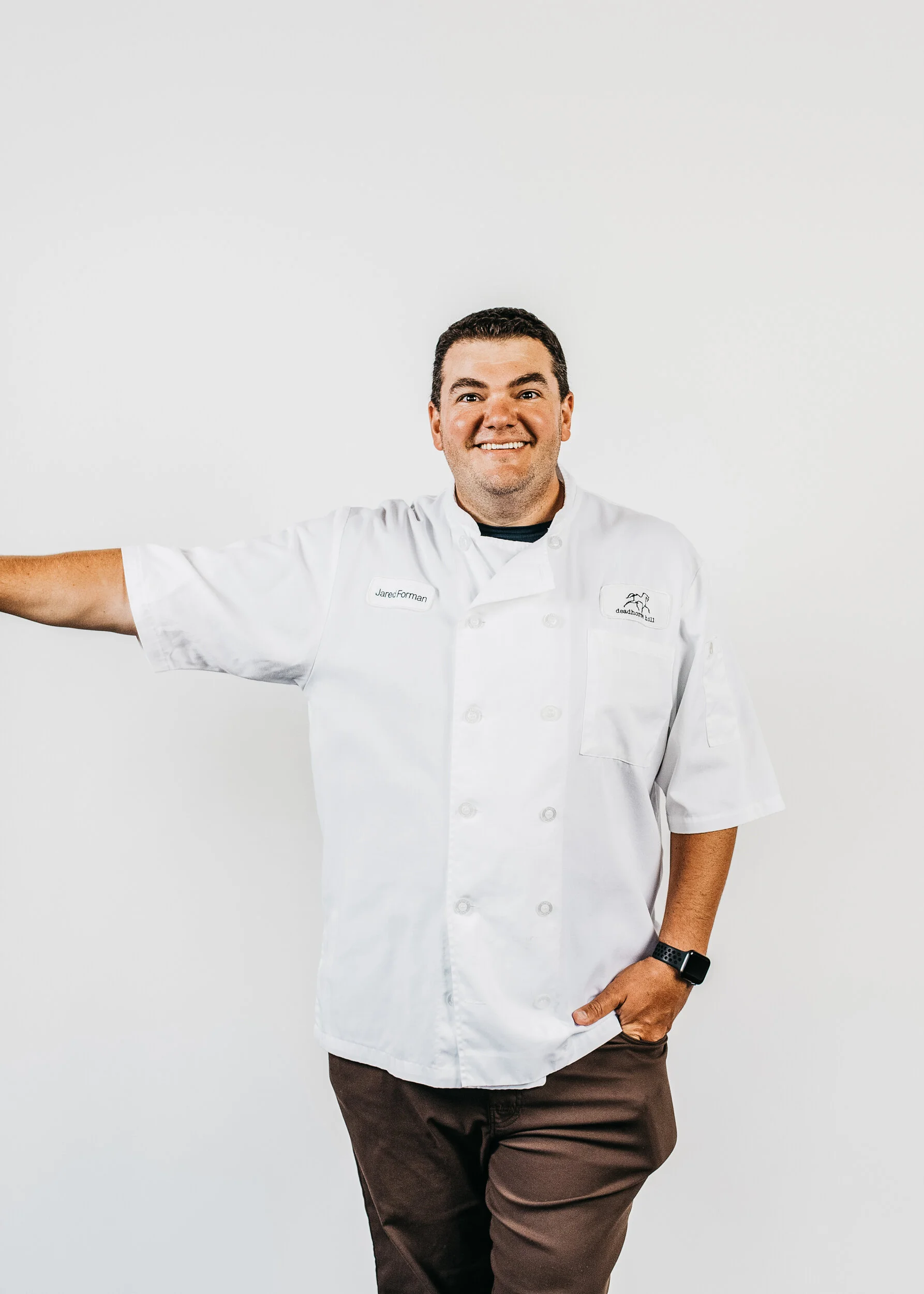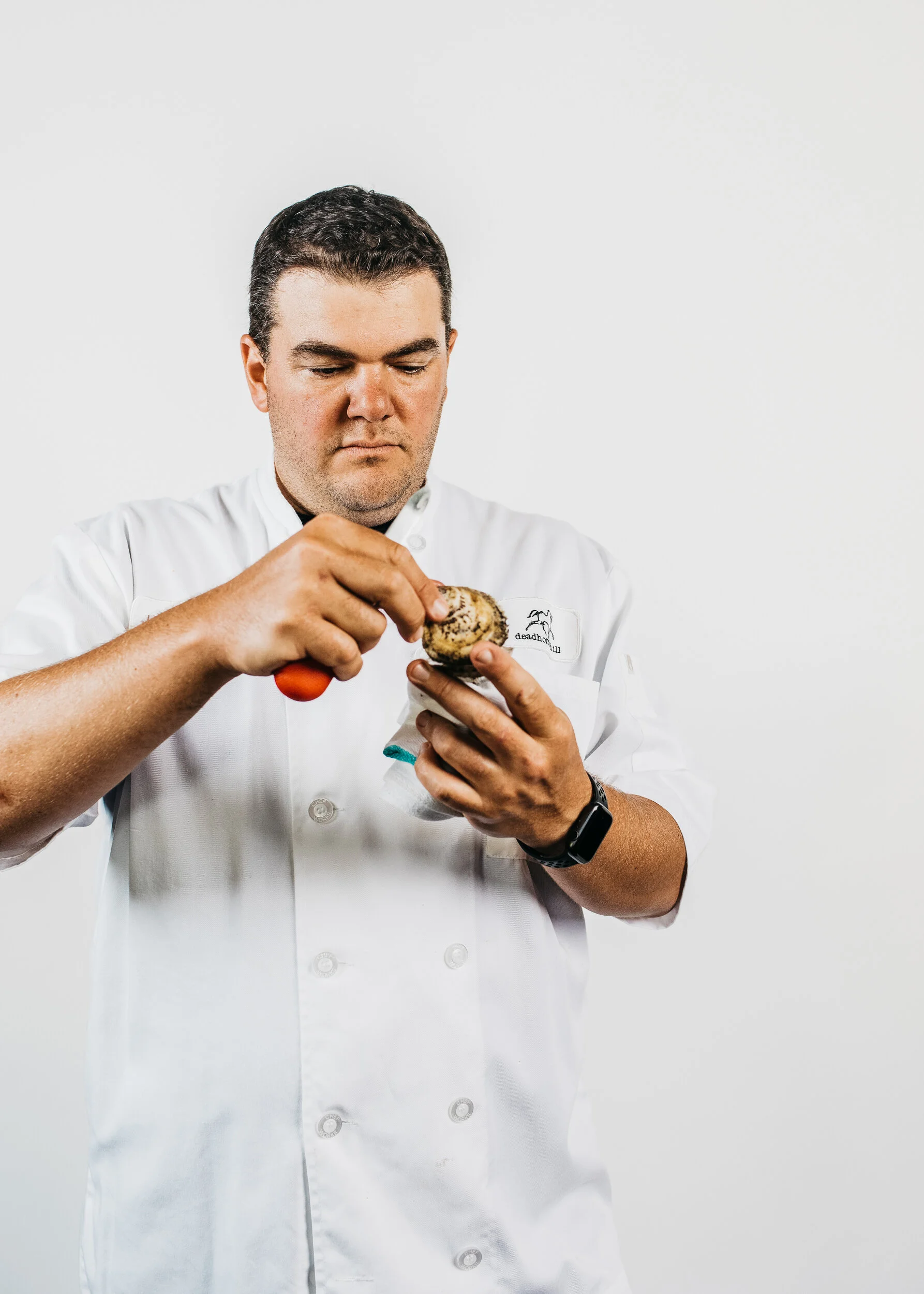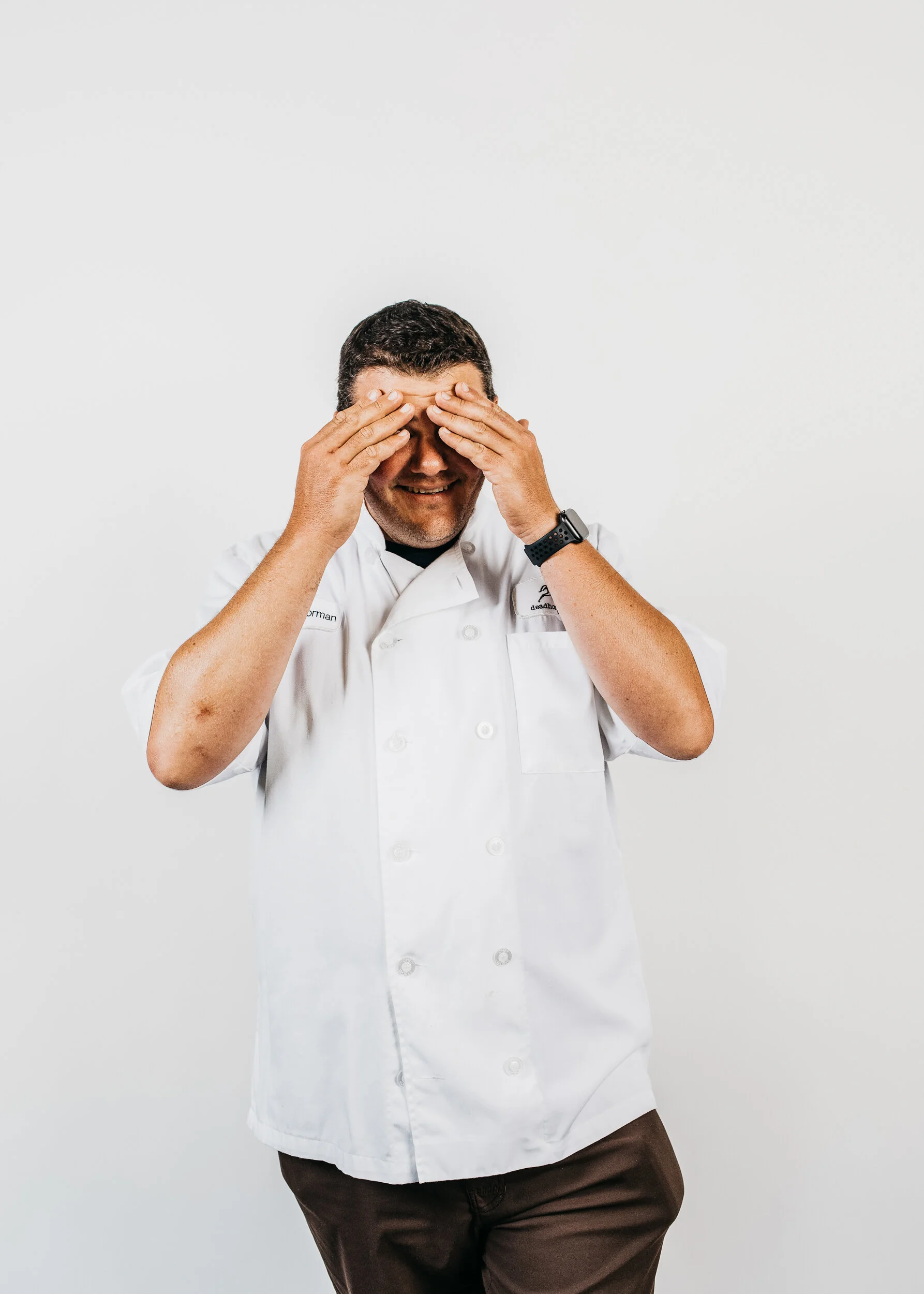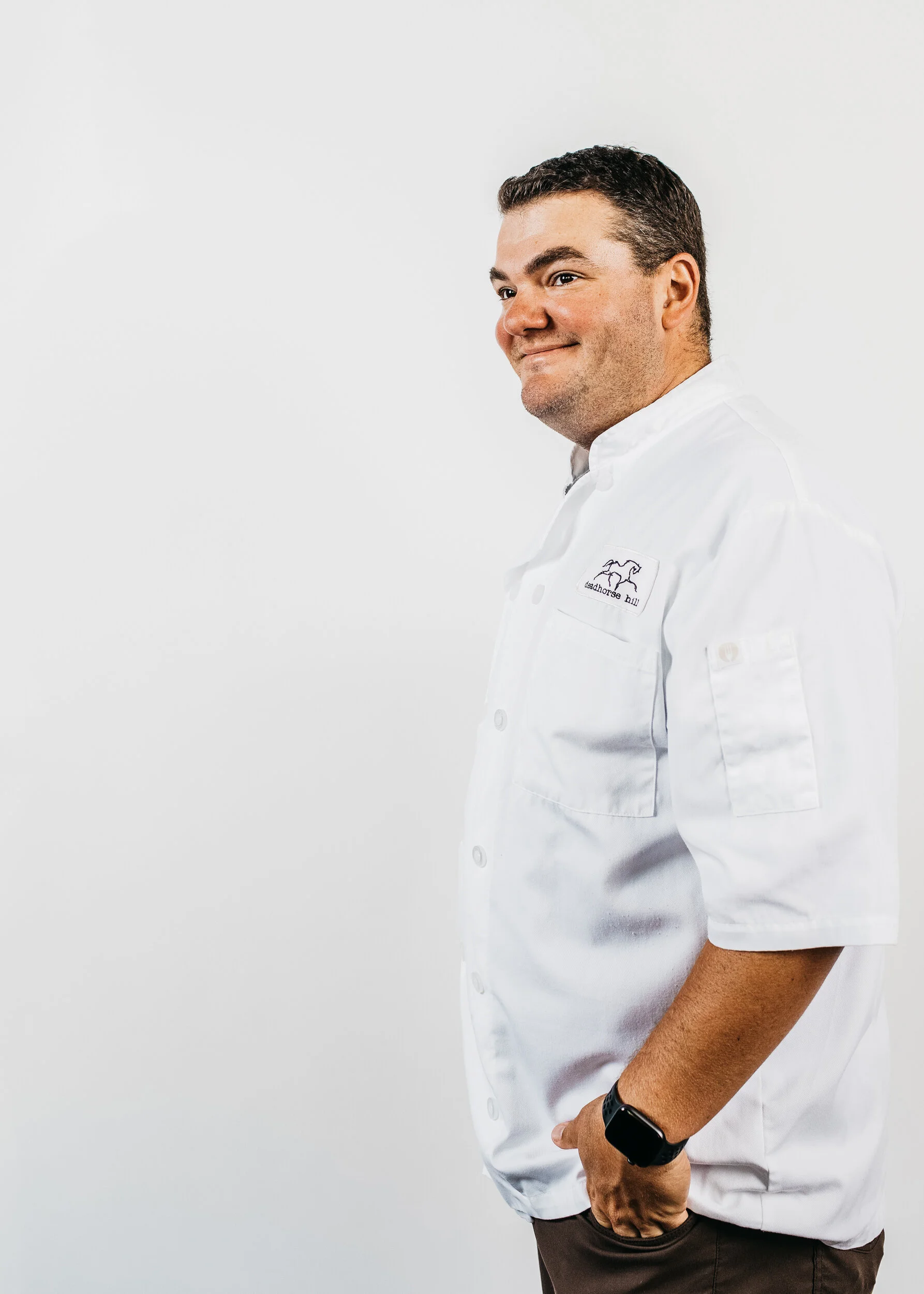Q+A: Chef Jared Forman of deadhorse hill and simjang, Worcester
Photos by Jesika Theos
Jared Forman grew up in New York City. He bounced around the boroughs during his youth, immersing himself in the culturally diverse cuisine of the region long before he would settle in the Heart of the Commonwealth. Having cut his teeth as a chef at renowned New York restaurants such as Gramercy Tavern, Momofuku and Per Se, he got to flex his creative muscles in an entirely new way when he and his partners opened deadhorse hill in May of 2016 and, later, simjang in March of 2018. In Worcester, he found a willing palate and dedicated the restaurants to exciting new dishes with the freshest local ingredients he could find.
The outspoken and charismatic chef took a seat at deadhorse hill’s bar, poured himself a glass of water and spoke with Edible Worcester about the importance of local and what Worcester and its history bring to the table.
EDIBLE WORCESTER: Where did you spend your formative years?
JARED FORMAN: I grew up all around New York. My dad always lived in Queens, my mother always lived somewhere in Brooklyn. Instead of getting locked into a neighborhood, I was kind of transient in the city. I would get to see and eat through a ridiculous amount of cultures. From the very beginning of my life, my palate was always very open to other ideas. Worcester feels a little bit like the Brooklyn I remember, but we have access to more vegetation. When I moved to Worcester I lived on Shrewsbury Street for the first three years. Julia [Auger, partner, general manager/ wine director] just bought a house out on the Holden line. It’s perfect. In New York I used to have a garden that was a small strip along a fence—now I have rows of plants at home.
EW: What was appealing about planting roots in Worcester?
JF: We’re back in a place where everything is getting very urbanized and that ebbs and flows throughout history. We’re in a building that’s I think 165 years old. When we came in, we ripped down so many layers of paint. It all plays into the story of the city. This has been an operating hotel or restaurant for a very long time. This building, built I think in 1854, was the original Bay State House Hotel. It was a gorgeous four-story hotel; we have old photos of it. Back then, Worcester was where it was at—it was hopping.
EW: What does your restaurant being a part of that now-hundred-plus-year history mean to you?
JF: We have hanging on the wall a handwritten receipt for the dumbwaiter installation in this building, which is still actually in the basement downstairs. Seeing things like that, trying to imagine what things were like back then, is really interesting. There are a bunch of menus we found: a Mother’s Day menu, a Fourth of July menu and an Easter menu. I think one is from 1897, 1911, 1910. When you read through those things, it almost sounds like we’ve come full circle. They had to deal with local ingredients—now that’s the name of the game. Back then you didn’t have a choice. I don’t even know how they dealt with refrigeration! There are a ton of wood-panel refrigerators downstairs, like 100 years old. Those old iceboxes—you would only see them in a really major city. At that time those things were insanely expensive, I’m sure. It makes you think of how powerful Worcester was back then.
EW: What are some challenges that come along with keeping things local in this day and age?
JF: Number one, we’re in New England, so we get about a month of non-snow, right? [laughs] Seasons are a challenge no matter where you are, you have to deal with that. We do a ton of jarring. Once harvest season hits, our walk-in is full of pickled things, salted things, fermented things, jarred things, jams. In the heart of the winter, that’s the time to experiment with things we can’t grow in New England. Maybe we’ll buy some tropical fruits. We’ll say, “Let’s have fun now while most of the farmers aren’t even working. Let’s have our non-local fun while we’re not buying from our local farms.” But we can incorporate those things with the local stuff we preserve.
EW: Utilizing local ingredients has been a part of your business model from the start. Why was that so important?
JF: I guess it goes back to childhood. I lived in a very urban location in Brooklyn, a pretty Italian area. The people across the street from me used to grow tons of zucchini. Where was this zucchini even coming from? There was cement and this little tract of dirt and hundreds of pounds of zucchini coming out of the ground. Behind my house there was a peach tree in my neighbors’ backyard, and my other neighbors had three fig trees. I remember eating those and thinking, “These are different than the figs that my grandparents are buying at the store.” I remember the peach fuzz itching my face. “Why is this peach so outstanding?” It was ripened by the tree, it was untouched, there were no chemicals on it. There were no pesticides, no storage, no shipping, nothing. It went from the tree to your face. To me, the closer you can get to that connection, the better it tastes.
Then there is also the human connection. Seeing the whole chain, the struggles and successes of all the people who are growing and delivering, that is really important I think. Our biggest goal is to have as little space as possible between where something grows and when it hits your plate. I work with two farmers, Alex [Carpenter] and Yoko [Takemura, of Assawaga Farm in Putnam, CT] that do everything by hand. The connection from the earth to the produce they deliver to the restaurant, it’s so tangible. It’s my favorite thing. You can serve a radish, or you can serve a radish. Their quality is just superior.
Our wine list is the same, it’s all biodynamic, small producers. Mostly handpicked grapes. We want to take as much of the mechanization as we can out of this restaurant. We want to put in as many personal touches as possible. We want as many confident, passionate people to be involved as we can. I don’t want a middleman in the picture if we can help it. We eliminate a lot of that by buying local. Once you meet people that care more about quality than their bottom line, that is a community I want to be a part of. That community is very present in Worcester.
All of the dairy we use in-house is from Cooper’s Hilltop Farm in Rochdale. Some of the best dairy I’ve ever had, seriously. After the farmers ate here, they called and told me they enjoyed what we were doing. To me, it’s an honor to be able to serve their stuff. We have a relationship—I can text a farm directly, and they’ll deliver fresh stuff twice a week. It’s a pretty cool experience. Our eggs are from Still Life out in Hardwick—there is such a difference when you use great eggs. We use Chimney Hill Farms [in Petersham] for pork. Shelley [Michelle Knapp] raises the best pork I’ve ever had. We use so many different farms, but those are the big ones right now. Even our flower farmers, Five Fork Farms in Upton, they just do the most spectacular arrangements and grow the most beautiful flowers ever.
When I think about the best meals that you have in Italy or something, it’s because of those small things. It’s never the big things. Salt is where it starts. The milk you’re using, the eggs. They don’t seem like they’re the star, but at the end you taste those two things together and it makes a huge difference. The unnamed items are always the ones that make something shine in the end.
deadhorsehill.com and simjangworcester.com
This interview has been condensed for length and clarity.
This story appeared in the Fall 2019 issue of Edible Worcester.

